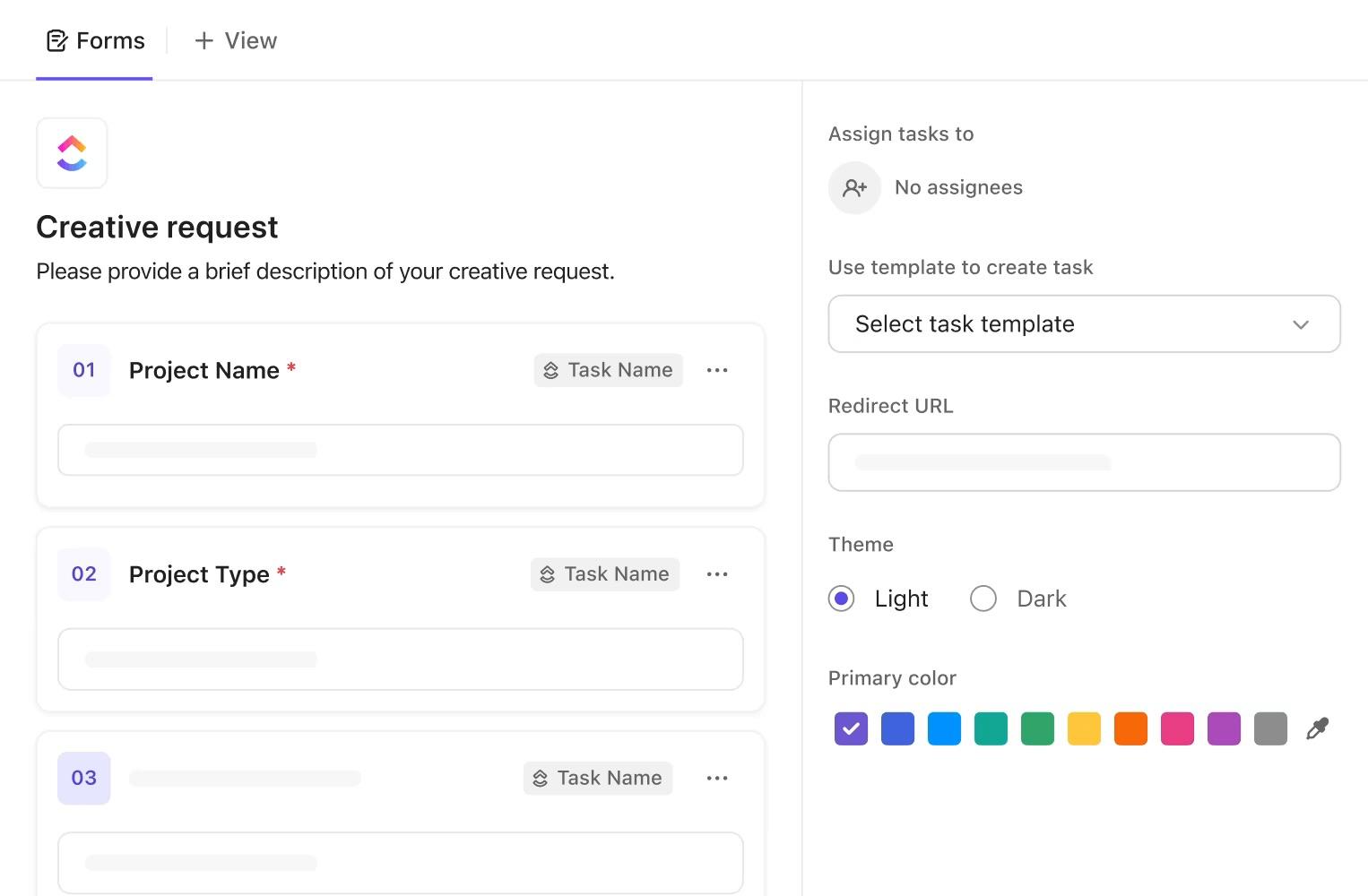
"Manual forms may seem harmless until they start draining hours, slowing decisions, and introducing avoidable errors in your processes. Hidden beneath every leave request, customer ticket, or feedback form is a repetitive process waiting to be optimized. The solution isn't more forms. It's investing time and money in smarter ones. In this blog post, we'll explain how to automate forms with AI to create workflows that think, route, and respond independently. And yes, we've done it all using ClickUp-the world's first Converged AI Workspace!"
"Manual form processing slows everything down, whether it's onboarding, approvals, or customer requests. AI automation changes that by handling the busywork behind the scenes. Here's what it unlocks: Reduced manual effort: Automate form filling, data entry, validation, and routing to save hours for your human resources Sped up turnaround times: Process and analyze forms in minutes instead of days Improved data accuracy: Catch errors early with built-in validation and logic checks Enhanced user experience: Personalize and adapt forms to your target audience, and reduce friction during completion"
Manual form processing drains time, slows decisions, and introduces avoidable errors across onboarding, approvals, and customer requests. AI-powered form automation handles form filling, data extraction, validation, routing, and responses to eliminate busywork and accelerate turnaround. Built-in validation and logic checks improve data accuracy while personalization reduces friction for end users. Automation scales operations to handle growing form volumes without adding headcount and lowers operational costs by cutting paperwork and rework. Common use cases include time-off and expense requests, onboarding checklists, client intake forms, loan and invoice processing, and KYC identity verification using OCR and machine learning.
Read at ClickUp
Unable to calculate read time
Collection
[
|
...
]